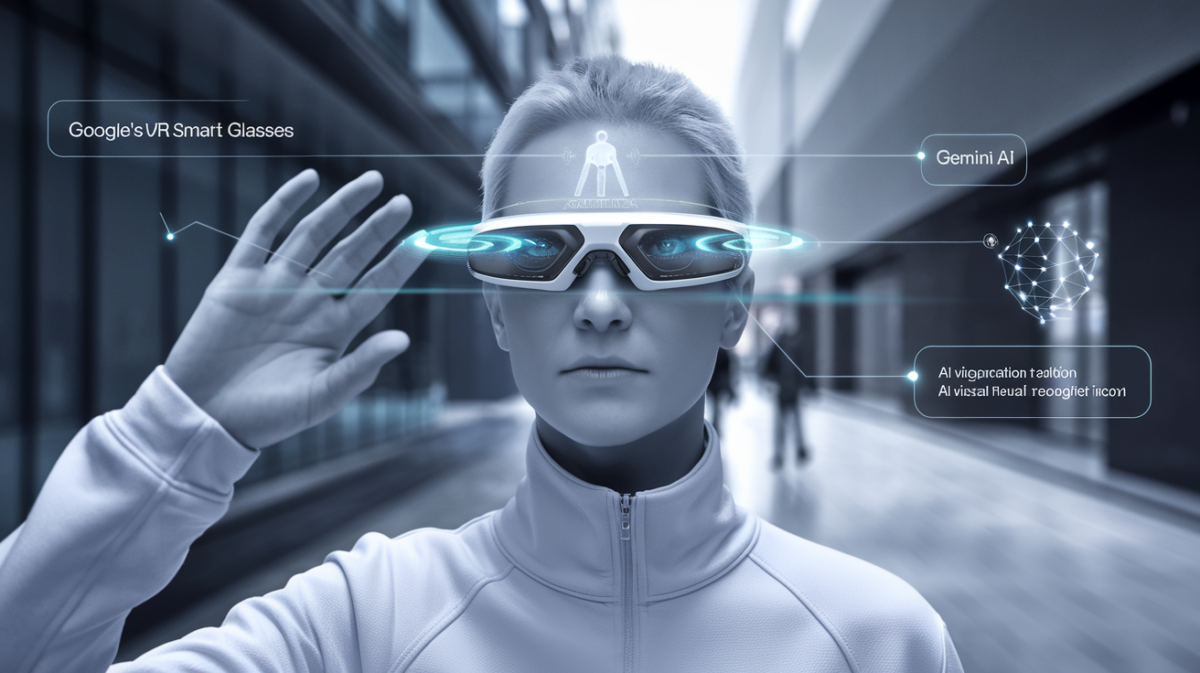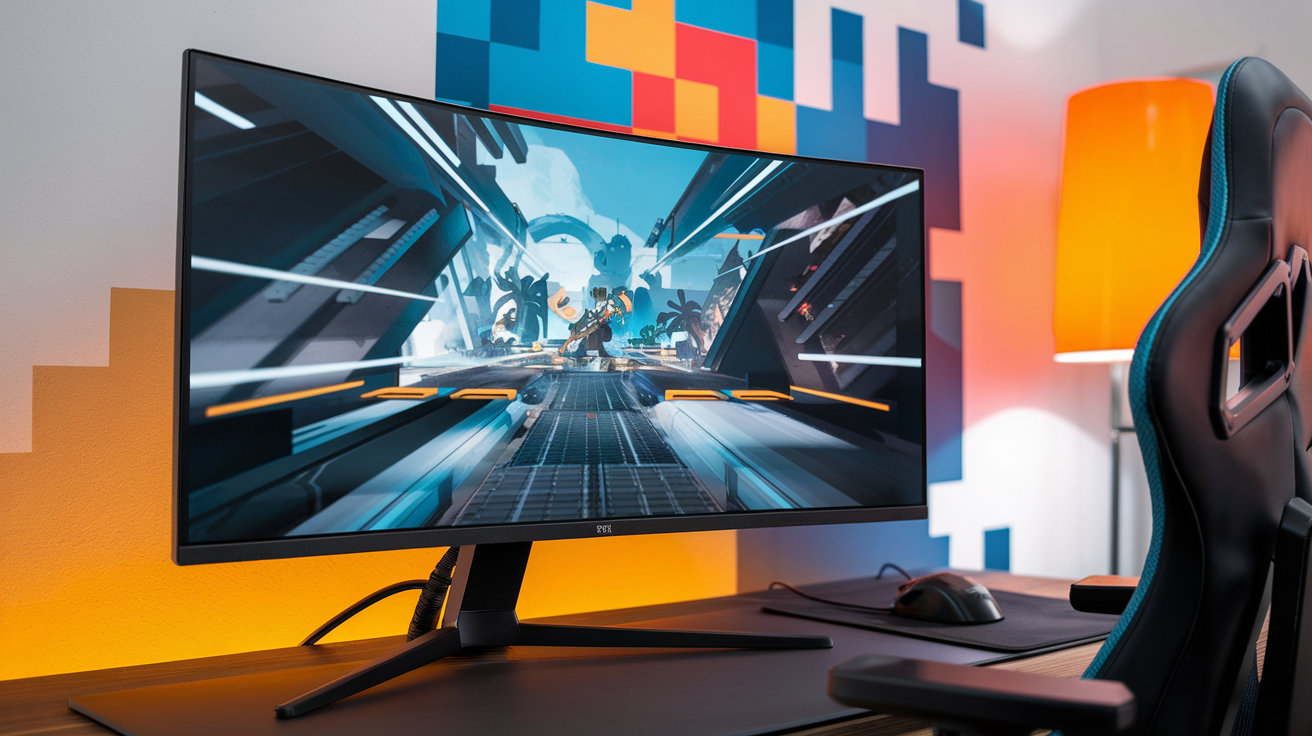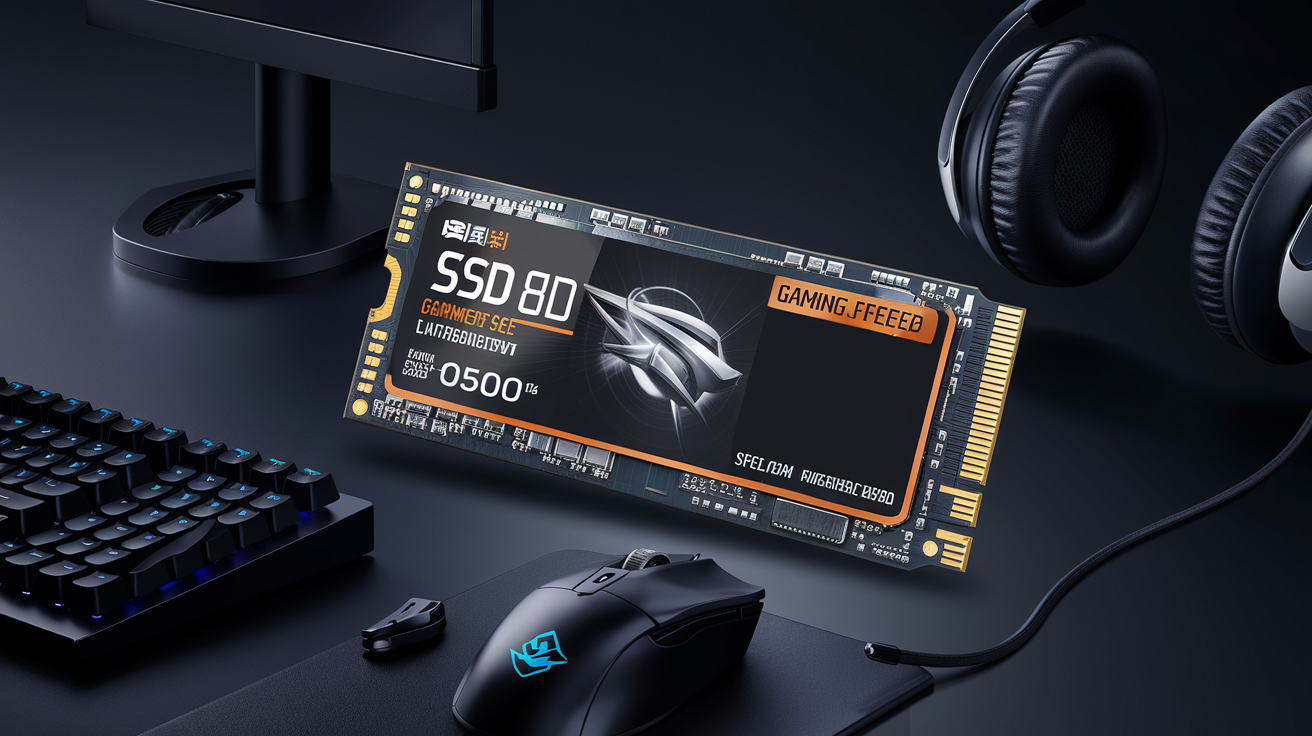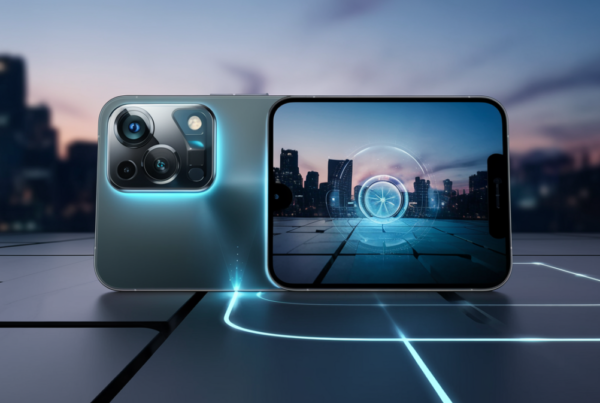In a groundbreaking move, Google has introduced its Android XR smart glasses, integrating the powerful Gemini AI to revolutionize augmented reality (AR) experiences. Designed to merge digital information seamlessly with the real world, these glasses promise to enhance everyday activities through features like real-time navigation, instant language translation, and contextual assistance.
Key Features of Android XR Smart Glasses
The Android XR smart glasses are packed with innovative features that set them apart from existing wearable technology. Here’s a closer look at what they offer:
- Gemini AI Integration: At the heart of the glasses is Google’s Gemini AI, enabling natural language processing and real-time assistance. Users can interact with the device using voice commands, receiving instant responses and guidance.
- Real-Time Navigation: The AR capabilities overlay directions directly onto the user’s field of view, making it easier to navigate unfamiliar or complex environments.
- Language Translation: Break down language barriers with real-time translation, allowing users to communicate effortlessly in different languages—ideal for travelers and multicultural interactions.
- Visual Memory and Object Recognition: The glasses can recall visual data and identify objects, helping users locate misplaced items or remember details from their surroundings.
- Seamless Google Services Integration: From YouTube to Google Maps, the glasses work harmoniously with existing Google services, offering a unified and immersive experience.
Design and Comfort
Google has prioritized both aesthetics and comfort in the design of the Android XR smart glasses. Resembling traditional eyewear, they are lightweight and unobtrusive, making them suitable for extended wear. Additionally, the design accommodates prescription lenses, ensuring users don’t have to compromise on vision correction.
Availability and Partnerships
Google has joined forces with industry giants Samsung and Qualcomm to develop the Android XR platform. The first device, codenamed Project Moohan, is slated for a 2025 launch. This collaboration aims to foster a thriving ecosystem of developers and device makers, building on the success of Android’s widespread adoption.
How Android XR Glasses Compare to Competitors
To understand how Google’s offering stacks up against other smart glasses, here’s a quick comparison:
| Feature | Google Android XR Glasses | Meta Ray-Ban Smart Glasses |
|---|---|---|
| AI Integration | Gemini AI for advanced contextual assistance | Basic AI for voice commands |
| AR Navigation | Real-time AR overlays for directions | Limited AR capabilities |
| Language Translation | Real-time, multi-language support | Basic translation features |
| Design | Lightweight, prescription-compatible | Stylish but bulkier |
User Reception and Community Feedback
Initial reactions from the tech community have been overwhelmingly positive, with users praising the glasses’ innovative features and potential to transform daily life. Platforms like Reddit and YouTube are buzzing with discussions about the product’s capabilities. However, some users have raised concerns about privacy and data security, urging Google to implement stringent safeguards.
Conclusion
Google’s Android XR smart glasses mark a significant leap forward in wearable technology. By combining AI and AR, they offer a glimpse into a future where digital and physical worlds blend seamlessly. With features like real-time navigation, language translation, and deep integration with Google services, these glasses are poised to redefine how we interact with our surroundings.







